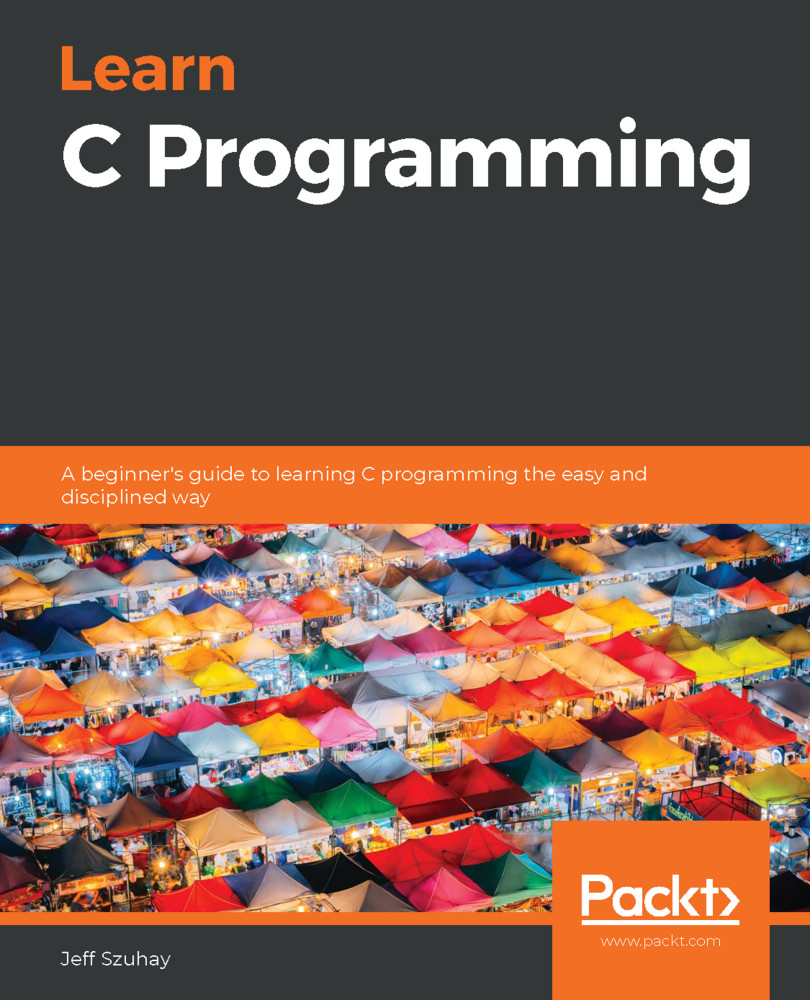We currently use an array of cards to represent a deck of cards. However, this representation is not sufficient for things we still need to do to a deck of cards. Two operations that are common to a deck of cards are first to shuffle the deck into a random order, and second to properly deal out cards from the randomized deck. We'll need to keep track of how many cards have been dealt and whether the deck is shuffled.
Our model for a deck of cards has just got a bit more complex. A single array representation is no longer sufficient. We will create a new structure, Deck, to hold additional information about our deck of cards as well as its shuffled or random state.
Before we begin defining this structure and operations on it, let's consider the randomization (shuffling) of our deck of cards. We could randomize our deck array by copying the structures in it from one index to another. However, since we now know about pointers...



